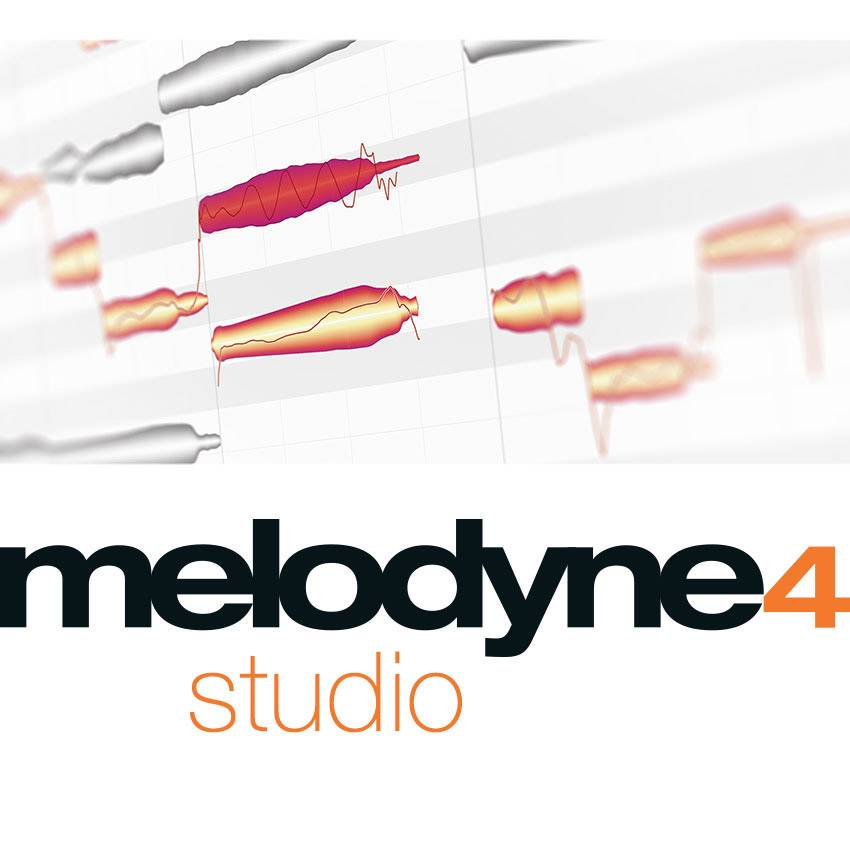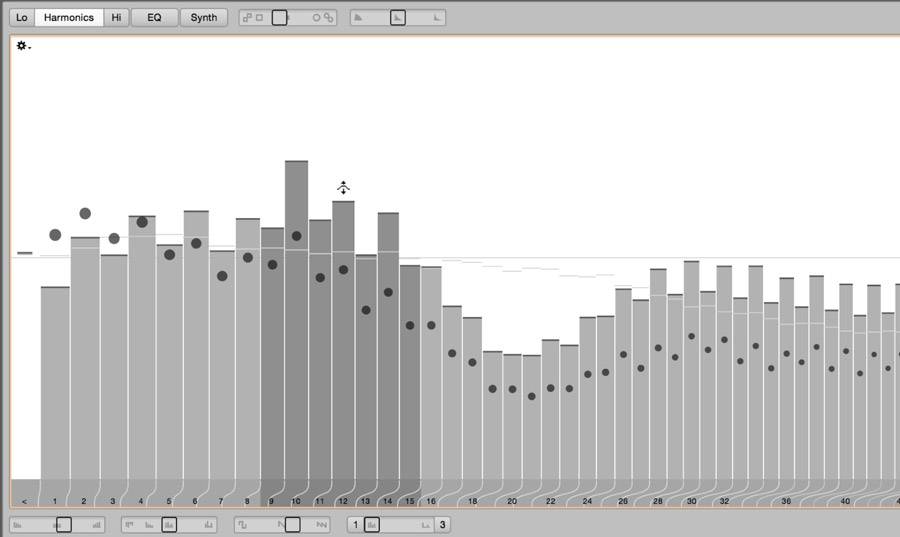25. April 2016 | Reviews | Noizefield
Celemony – Melodyne 4 studio Review (Give Away inside)

Celemony was kind enough to provide us a copy of Melodyne 4 Studio and we had the great opportunity to review their musical audio manipulation software.
What is Melodyne?

In very basic words, Melodyne is a software that allows the user to directly manipulate audio waveforms in a very musical way. After the audio signal is analysed with Melodyne, you have access to notes, the harmonic content and its dynamics.
Since the very first Melodyne which came out in 2001, Celemony constantly improved the software and added more and more stunning features. This review will focus mainly on the new features of Melodyne 4 studio.
The different editions
Melodyne is available the 4 different versions essential, assistant, editor and studio.
With Melodyne 4 essential you get only the basic editing functions for pitch and timing for monophonic material.
Melodyne 4 assistant offers almost all functions that are available in the editor or studio version but also like assistant only for monophonic content.
Melodyne 4 editor offers the possibility to edit also polyphonic content and contains almost all features of studio.
Melodyne 4 studio is the Melodyne flagship and combines all available features.
For more details checkout the Melodyne website at: http://www.celemony.com/en/melodyne/editions-and-technical-matters


What is new in Melodyne?
In Melodyne 4 are several new features like the brand new Sound Editor that opens a new world of sound design and sound manipulation possibilities, Multi-track Note Editing with Direct Note Access (DNA), new track macro functionality, a very precise tempo detection with a new algorithm that detects tempos, time signatures and any changes in tempo, better note detection algorithms, time stretching and lots work flow improvements.

A sound designers delight
One of the most stunning features of Melodyne is for sure the new Sound Editor. This editor offers several options to modify the sound.
The EQ

To make the editing more easy and intuitive there are the 4 macro controls Brilliance, Contour, Tonality and Comb available.
Harmonics

Like in the EQ section the Harmonics section also has macro controls for Brilliance, Contour, Odd/Even and Comb. They are not exactly the same like in the EQ section and they also sound different.
Synth

Formants and global macros
https://en.wikipedia.org/wiki/Formant )
The Emphasis slider makes a sound more precise and clear or in the opposite direction more soft and distant. The last macro slider Dynamics changes the dynamics of a note. A decrease of the Dynamics slider is useful to amplify the release of a note. An increase will make silent signals even more silent and the result is more plucky or staccato like. It is best to compare with a compressor.
Watch the new Sound Editor in Melodyne 4
Push the tempo
Watch Tempo Detection in Melodyne 4
Better than ever before!
More information to Melodyne 4 at: Celemony
Melodyne 4 studio –
Give Away
Celemony was so kind to give away a copy of Melodyne 4 studio to one happy reader. We run the give away on Facebook. All you have to do is to comment on our Melodyne Give Away Post on Facebook.
*This promotion/ give away is in no way sponsored, endorsed or administered by, or associated with Facebook. You understand that you are providing your information to the owner of this Facebook page and not to Facebook.
*Sponsor is offering a prize to one randomly drawn individuals who enter during the entry period.
*Winners will be notified by Goodreads typically within 3 week of the drawing. Prize(s) will be fulfilled by Sponsor.
*Limit one entry per person
*Sponsor and Noizefield.com reserve the right to cancel or modify this promotion at any time.
*By entering the promotion you agree that Sponsor and Noizefield.com, and each of their respective affiliates, will have no liability, and will be held harmless from and against any liability or loss, including reasonable attorney’s fees and costs, for all matters related to your acceptance, possession, experience with, use or misuse of the prize or participation in the promotion.
Review summary
-
Overall Sound Quality
-
Features
-
Stability
-
Workflow
-
Pricing
Better than ever before!
To sum this review up – Melodyne 4 Studio is an stunning piece of software and with the release to version 4 Celemony has showed again that their competence in audio processing is top notch. The new features are integrated seamlessly and work perfect.




